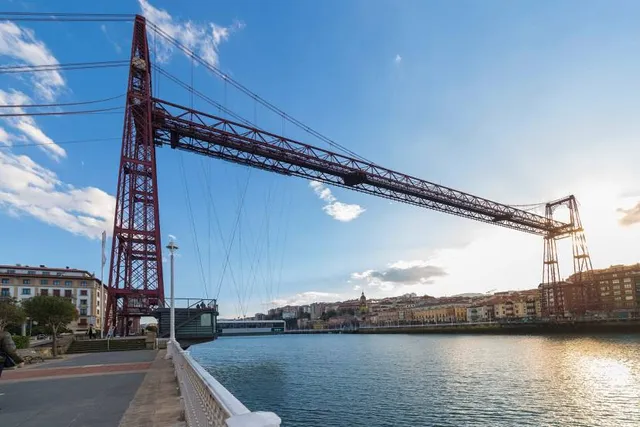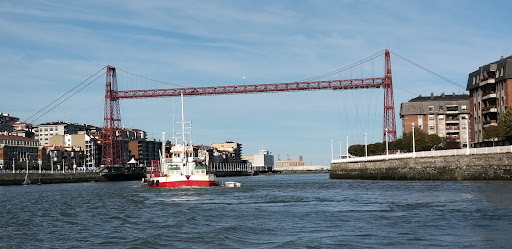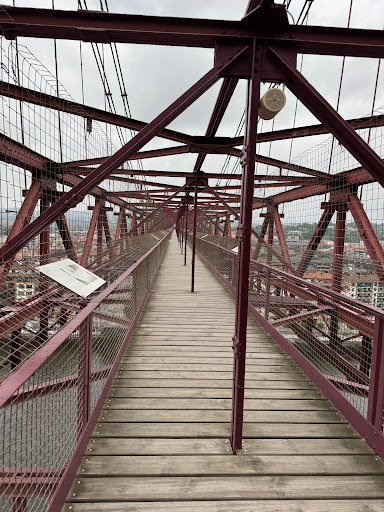Vizcaya Bridge things to do, attractions, restaurants, events info and trip planning
Basic Info
Vizcaya Bridge
Puente de Vizcaya Zubia, 48930 Areeta / Las Arenas, Bizkaia, Spain
4.7(12.3K)
Open 24 hours
Save
spot
spot
Ratings & Description
Info
The Vizcaya Bridge is a transporter bridge that links the towns of Portugalete and Las Arenas in the Biscay province of Spain, crossing the mouth of the Nervion River.
Cultural
Outdoor
Accessibility
attractions: Las Arenas Beach, Doktore Areilza Parkea, Rialia Museum, Centro de interpretación de pesca Agurtza, restaurants: Garbatella, Bar Restaurante El Puente, El Abra, Punta Malabata, Fugu Sushi Las Arenas | Getxo, Txakoli de El Paladar, Restaurante La Tagliatella | Getxo, Pulcinella jatetxea, Tip Top Hambureueseria Portugalete, Hamburguesería Súbito
 Learn more insights from Wanderboat AI.
Learn more insights from Wanderboat AI.Phone
+34 944 80 10 12
Website
puente-colgante.com
Plan your stay

Pet-friendly Hotels in Portugalete
Find a cozy hotel nearby and make it a full experience.

Affordable Hotels in Portugalete
Find a cozy hotel nearby and make it a full experience.

The Coolest Hotels You Haven't Heard Of (Yet)
Find a cozy hotel nearby and make it a full experience.

Trending Stays Worth the Hype in Portugalete
Find a cozy hotel nearby and make it a full experience.
Reviews
Nearby attractions of Vizcaya Bridge
Las Arenas Beach
Doktore Areilza Parkea
Rialia Museum
Centro de interpretación de pesca Agurtza
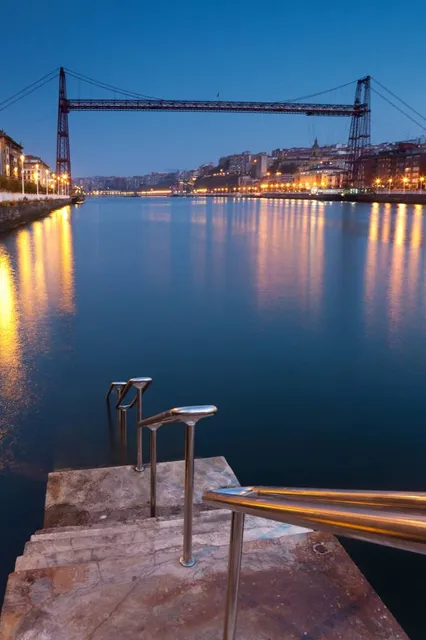
Las Arenas Beach
4.0
(1.0K)
Open 24 hours
Click for details
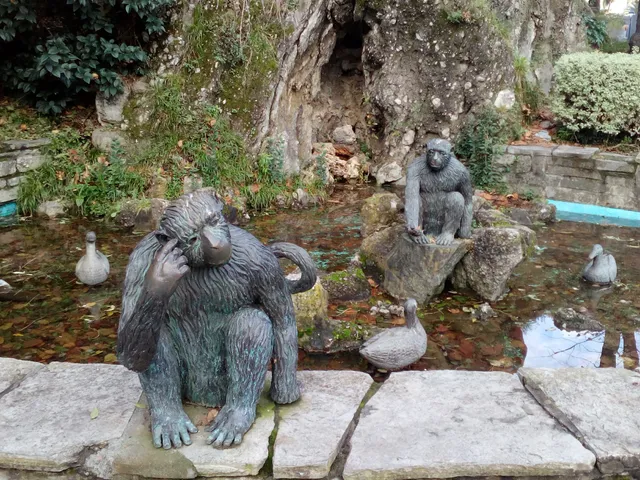
Doktore Areilza Parkea
4.3
(403)
Open 24 hours
Click for details
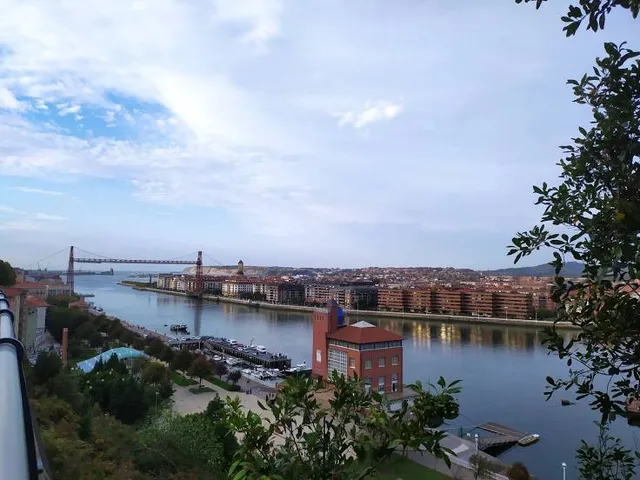
Rialia Museum
4.3
(267)
Open 24 hours
Click for details

Centro de interpretación de pesca Agurtza
4.6
(65)
Open 24 hours
Click for details
Things to do nearby
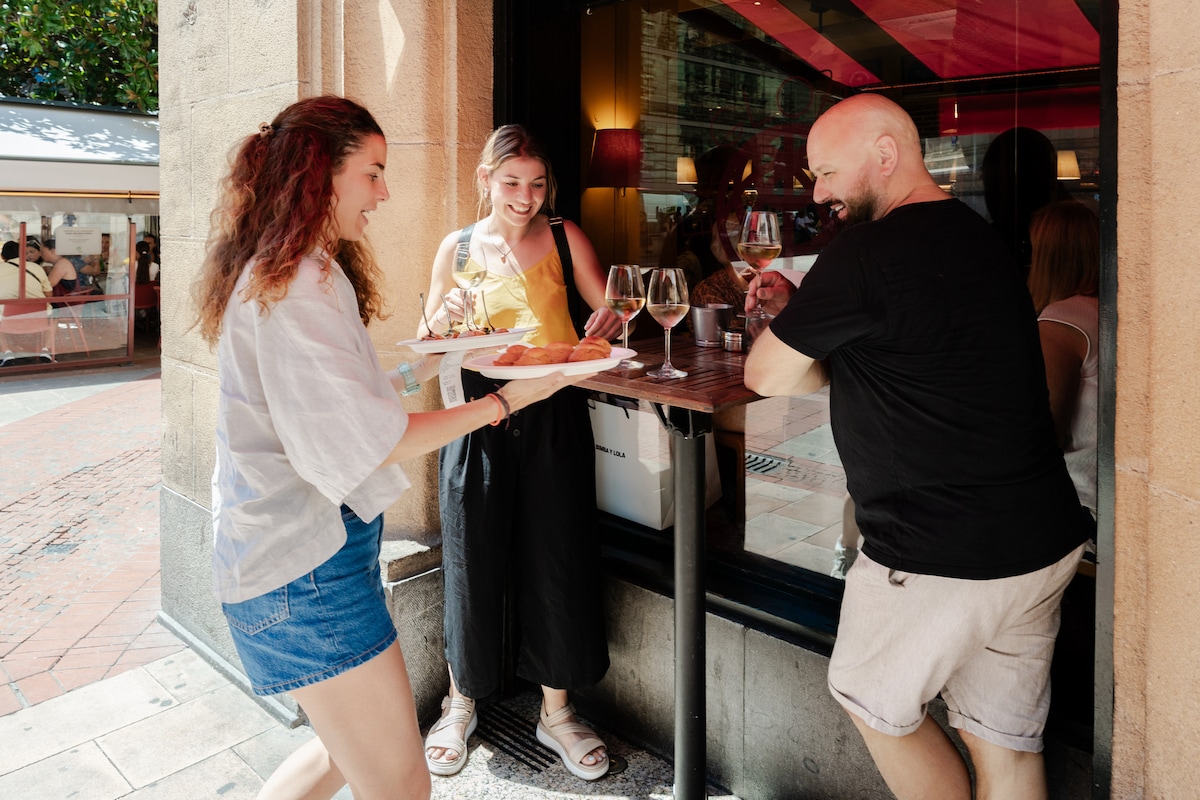
See historic culinary areas with Somms & Foodies
Tue, Dec 23 • 6:00 PM
48008, Bilbao, Basque Country, Spain
View details

Learn Traditional Basque Cooking
Fri, Dec 26 • 11:00 AM
48007, Bilbao, Basque Country, Spain
View details
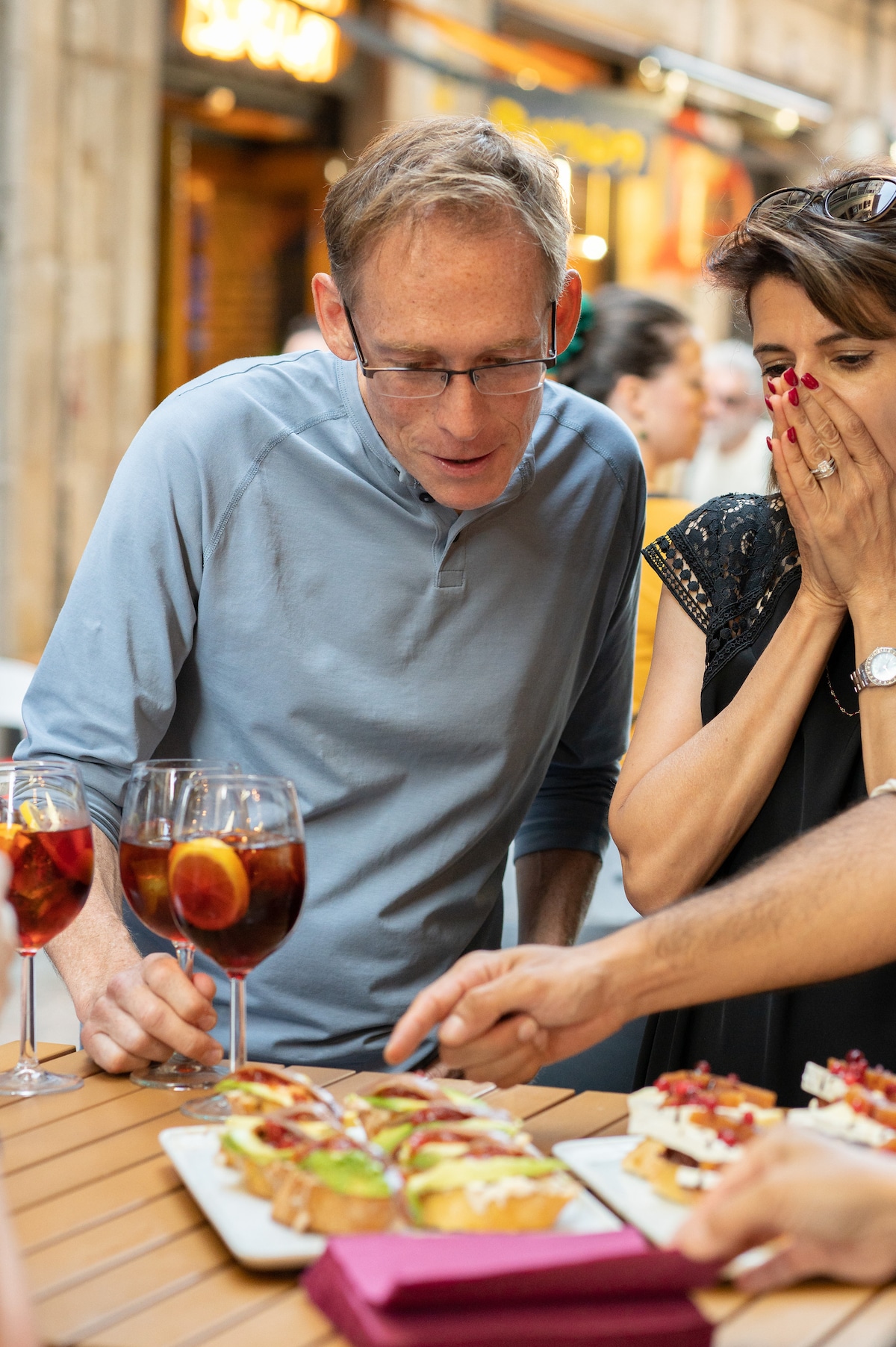
Savor Bilbao’s unique pintxos with local wines
Mon, Dec 22 • 12:00 PM
48009, Bilbao, Basque Country, Spain
View details
Nearby restaurants of Vizcaya Bridge
Garbatella
Bar Restaurante El Puente
El Abra
Punta Malabata
Fugu Sushi Las Arenas | Getxo
Txakoli de El Paladar
Restaurante La Tagliatella | Getxo
Pulcinella jatetxea
Tip Top Hambureueseria Portugalete
Hamburguesería Súbito
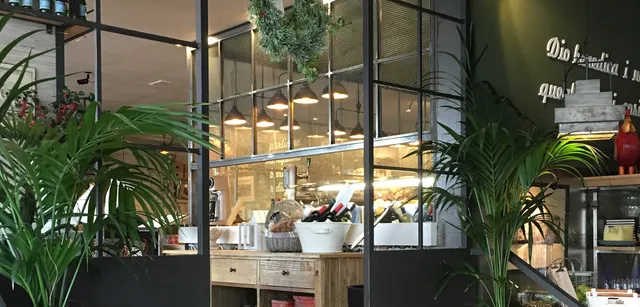
Garbatella
4.0
(698)
Click for details
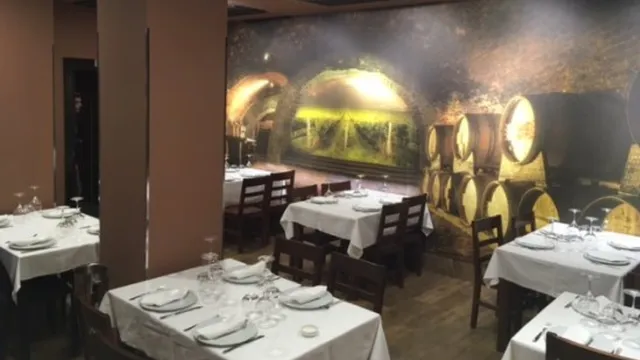
Bar Restaurante El Puente
4.0
(370)
$$
Click for details
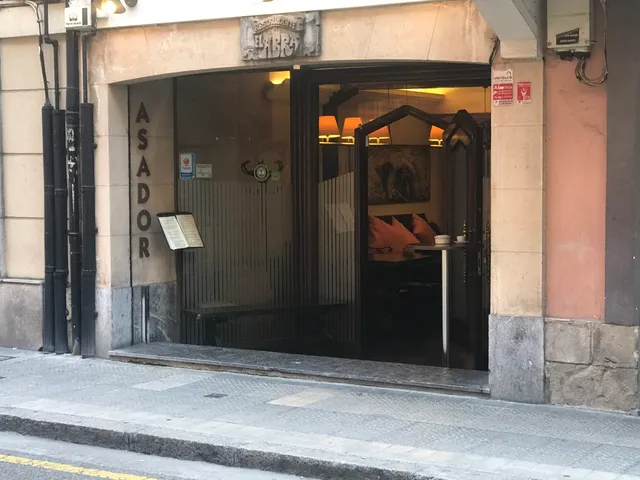
El Abra
4.4
(288)
$$
Click for details

Punta Malabata
4.2
(282)
Click for details
